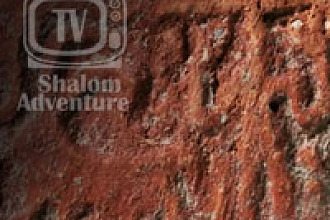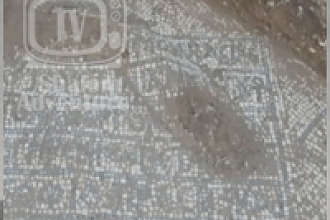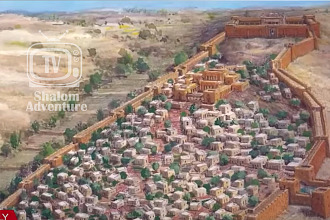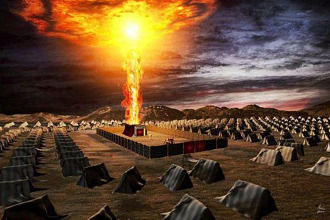A large and impressive ritual bath (miqve) from the end of the Second Temple period was uncovered in archaeological excavations that the Israel Antiquities Authority is carrying out in the Western Wall tunnels, in cooperation with the Western Wall Heritage Foundation.
The miqve was discovered inside the western hall of a splendid structure that is located just 20 meters from the Western Wall. Parts of the building were discovered in the past, and the Israel Antiquities Authority is currently exposing another one of the three halls inside it. It is one of the most magnificent structures from the Second Temple period ever to be uncovered.
The edifice is built of very delicately dressed ashlar stones, and the architectural decoration is of the highest quality. From an architectural and artistic standpoint, there are similarities between this structure and the three magnificent compounds that King Herod built on the Temple Mount, in the Cave of the Patriarchs, and at Allonei Mamre. From these compounds, we can conclude the great significance that this building had in the Second Temple period.
In his book The War of the Jews, Josephus Flavius writes there was a government administrative center that was situated at the foot of the Temple. Among the buildings he points out in this region, were the council house and the “Xistus”- the ashlar bureau. According to the Talmud it was in this bureau that the Sanhedrin – the Jewish high court at the time of the Second Temple – would convene. It may be that the superb structure the Israel Antiquities Authority is presently uncovering belonged to one of these two buildings.
According to archaeologist Alexander Onn, director of the excavation on behalf of the Israel Antiquities Authority, “It is interesting to see that in the middle of the first century CE they began making changes in this magnificent structure - at that time it was no longer used as a government administrative building and a large miqve was installed inside its western hall where there were 11 steps that descend to the immersion pool. It seems that the city of Jerusalem grew in this period and it became necessary to provide for the increased ritual bathing needs of the pilgrims who came to the Temple in large numbers, especially during the three pilgrimage festivals (Shlosha Regalim). Immersing oneself in the miqve and maintaining ritual purity were an inseparable part of the Jewish way of life in this period, and miqve’ot were absolutely essential, especially in the region of the Temple.”


























